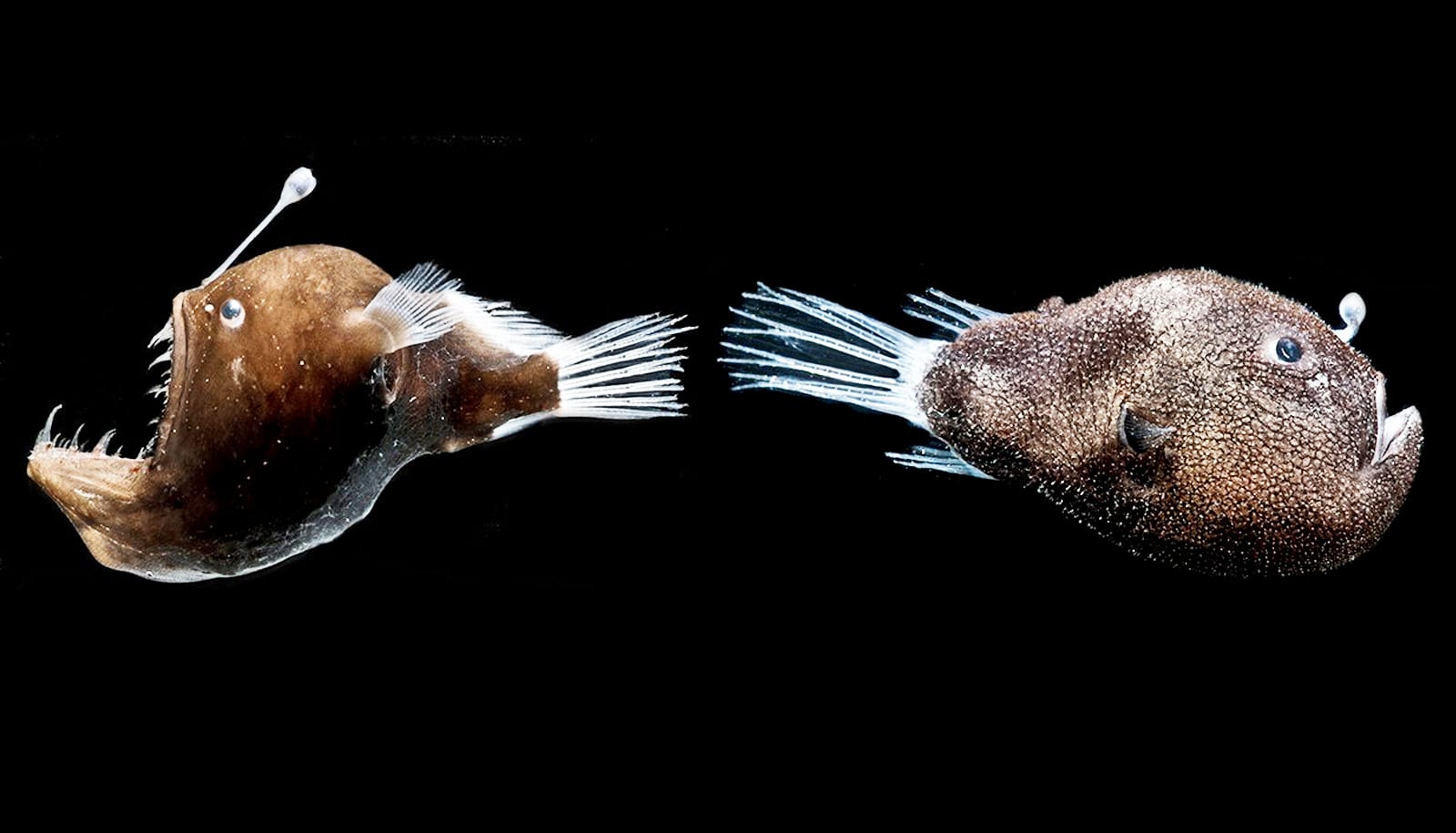Scientists have found an extremely rare fish in the Rio Grande along the US-Mexico border.
Researchers discovered the Conchos shiner, Cyprinella panarcys, a fish species identified for the first time on record in the US in April, in the mainstream of the Rio Grande at the confluence with Alamito Creek in Presidio County, Texas.
“We found this fish by chance,” says Joshuah Perkin, assistant professor of fish ecology at Texas A&M University.
“We were conducting a survey for a declining species known as the Rio Grande shiner, Notropis jemezanus, but found none of that species. In fact, it’s quite remarkable that we could find a species never before detected in the US, but could not find a single Rio Grande shiner.”
Previously, the Conchos shiner was considered restricted to the upper parts of the Río Conchos drainage in Mexico, extending from the Río San Pedro at Meoqui in Chihuahua, Mexico, to the Río Florido in Durango, Mexico.
It is unique to see the species in other waters. There are two alternatives that could explain the unexpected discovery of the Conchos shiner in Texas, says Kevin Conway, associate professor and curator of fishes for the wildlife and fisheries sciences department.
“Either this species is native to Texas, but its presence has simply gone unnoticed until now, or we were exceptionally lucky and managed to capture a rare vagrant outside of its natural distribution.
“The discovery of the Conchos shiner in the main stem of the Rio Grande downstream from Presidio, an area that is considered to be relatively well studied, tells us that we still have a lot to learn about the fishes within the Rio Grande drainage,” Conway says.
“This system has undergone major changes in recent years, and it is imperative that we learn as much as possible about the system now, specifically the endemic species, so that we can better manage and protect them in the years to come.”
The paper appears in Biodiversity Data Journal.
Source: Texas A&M University



